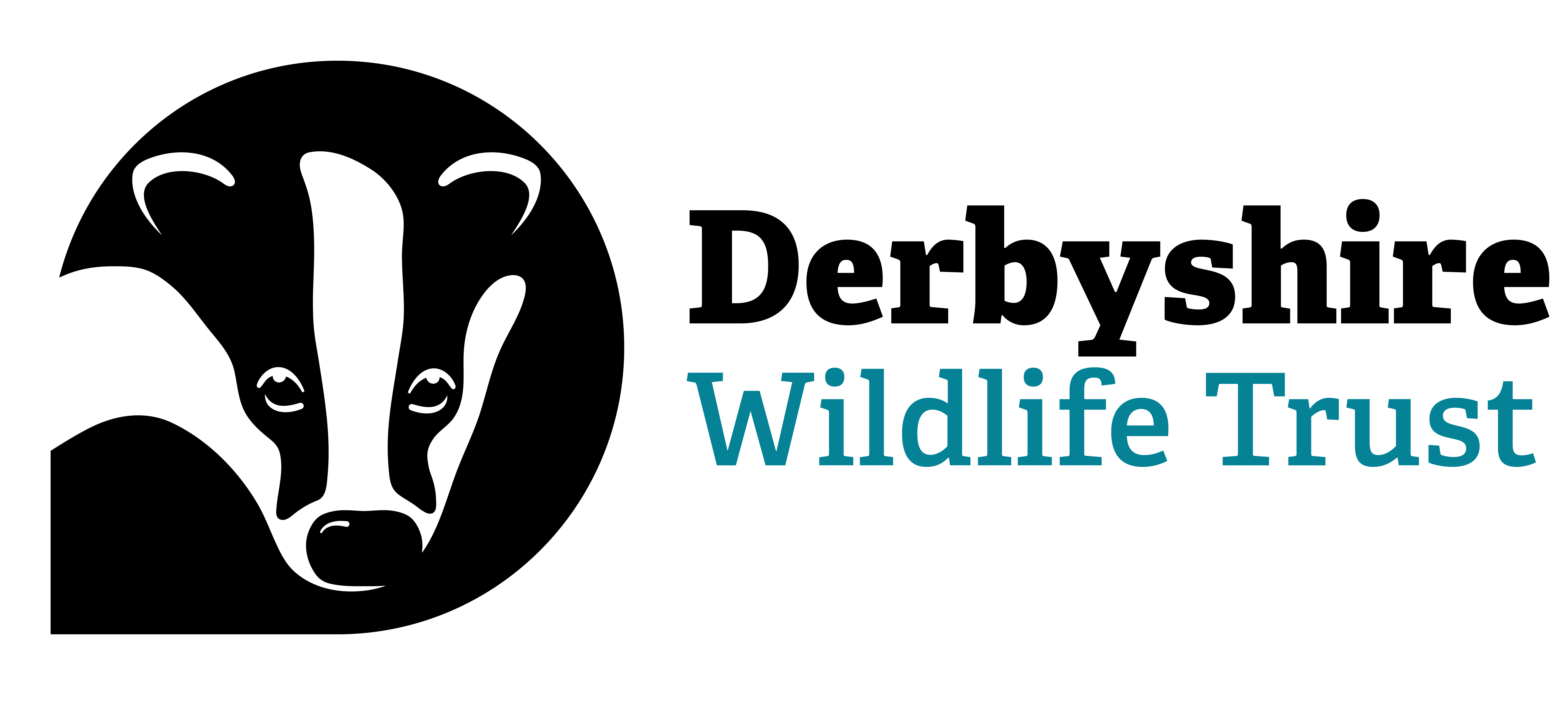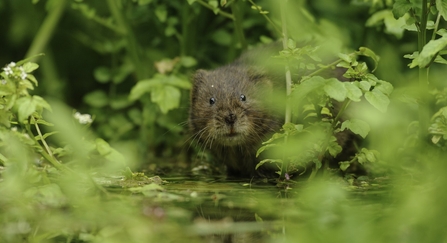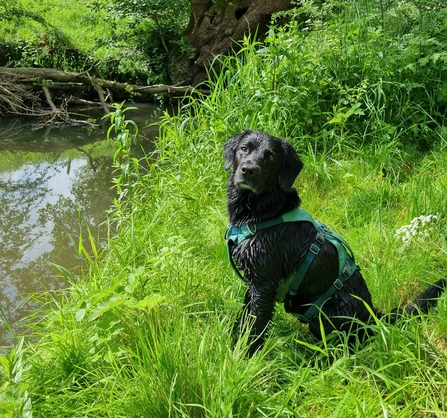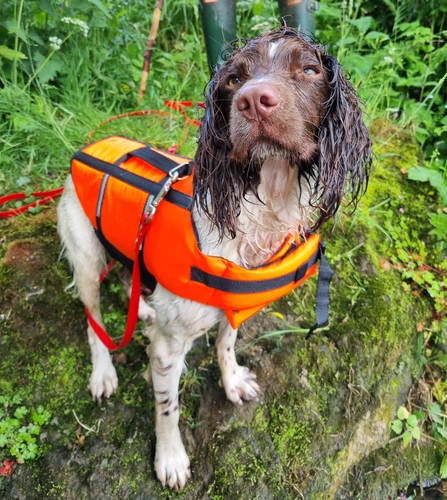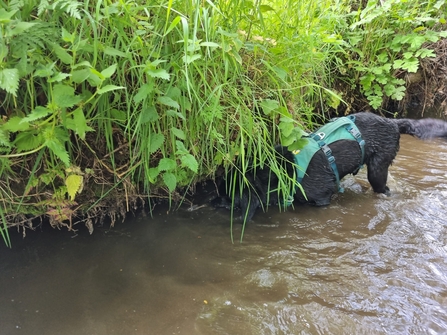Hi, I am Julie and I’m very pleased to be working for Derbyshire Wildlife Trust as a Nature Recovery Adviser. I’d love to share with you some recent happenings regarding a project that I am currently working on.
In the early spring of this year I was lucky enough to be asked to take on a project that was to investigate the current populations of water voles in the Henmore and Bentley Brook catchments and to determine the potential for re-introduction of the species in this area. I was still in my first few months of working for Derbyshire Wildlife Trust and it was a great opportunity to be able to delve deeply into a large project and the world of water voles, their habitats, potential predators and the wonderful landscape and farming in the project area.
